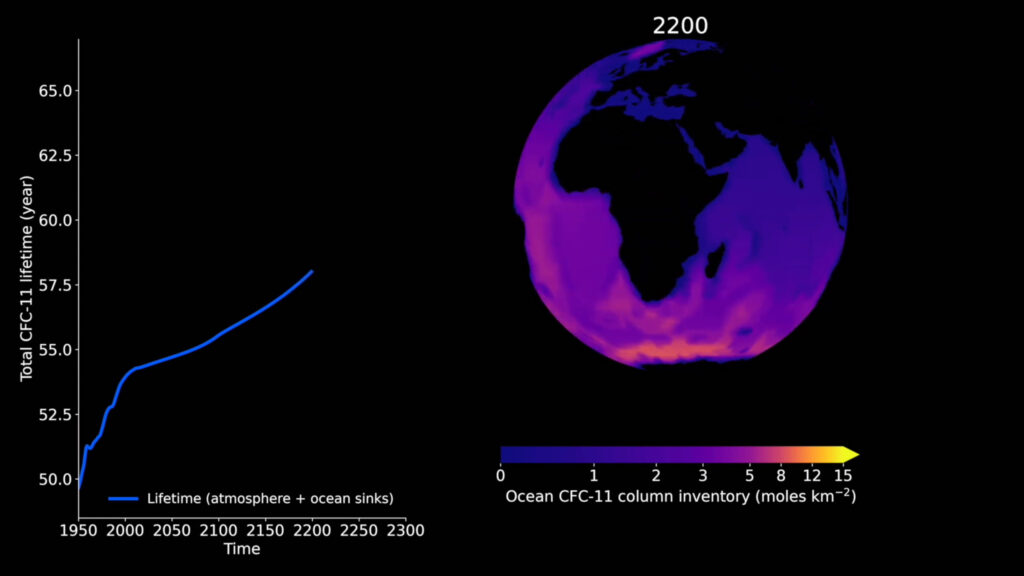Warming oceans could start emitting absorbed CFCs
- PostedPublished 10 September 2021
Researchers at the Massachusetts Institute of Technology (MIT) predict that the global ocean could become a measurable source of ozone-depleting CFC-11 in the future.
Commonly used as a refrigerant, propellant and foam blowing agent, CFC-12 was phased out in 2010 – although there has been some illegal use since.
Nevertheless, atmospheric levels of CFC-11 are declining and the recovery of the ozone layer continues apace. Unfortunately, CFC-11 is also soluble in water. Consequently, some five to 10 per cent of all CFC-11 emissions are thought to have been absorbed by the ocean.
Once in the sea, the harmful chemical can remain there for centuries.

This process is being reversed by global warming, as rising temperatures reduce the reservoir effect of the ocean and make it more likely to release CFC-11. The ongoing decay of long-released atmospheric CFCs contributes to the problem as well, as the imbalance between ocean and atmosphere will reportedly lead to further emissions.
Previously, marine CFCs were assumed to have a negligible impact on atmospheric concentrations.
MIT’s researchers have subsequently found this isn’t the case, at least in the instance of CFC-11.
Projections have since revealed that, by 2075, the ocean will emit more CFC-11 than it absorbs – and, potentially by 2120, measurable amounts of the chemical will be released.
This will need to be considered in the future when measuring, reporting on and estimating CFC-11 emissions.
The behaviour also effectively means that the chemical’s average residency time is extended by five years, further altering future estimations.
“By the time you get to the first half of the 22nd century, you’ll have enough of a flux coming out of the ocean that it might look like someone is cheating on the Montreal Protocol, but instead, it could just be what’s coming out of the ocean,” said study co-author Susan Solomon, professor of environmental studies in MIT’s department of earth, atmospheric and planetary sciences.
“For some time, human emissions were so large that what was going into the ocean was considered negligible,” said Solomon.
“Now, as we try to get rid of human emissions, we find we can’t completely ignore what the ocean is doing anymore.”
- CategoriesIn SightGlass
- TagsCFCs, climate change, ozone layer, SightGlass News Issue 24

